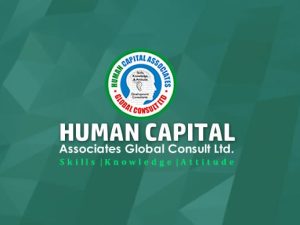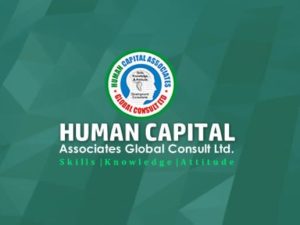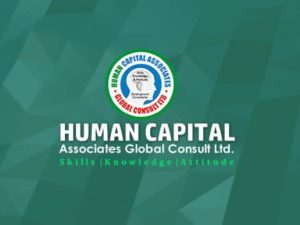Workshop on Employee Relations: Roles & Responsibilities
Successful organizations recognize that critical thinking and creative solutions to problems significantly enhance business potential.
Program Overview:
Despite the evolution of the various functions under Human Resources (HR), Employee Relations (ER) is still considered to be a grey function. Employee relations staffs are expected to administer, report on operational KPIs, handle grievances, enforce policies, manage performance, deal with internal communication, promote social functions, and the list goes on. This course is designed to shed light on all the activities under the employee relations’ function. From administration to grievance resolution, the course material and resources ensure that attendees improve their awareness and hence, their engagement level within the employee relations functions of their organization.
For Whom:
This program is designed for managers and executive officers in the functions of employee relations, human resources or personnel and administration who are directly or indirectly responsible for providing support services to internal customers within the organization
Learning Objectives:
At the end of the program, participants will be able to:
- Define employee relations as a function and list its main roles within human resources
- Manage employee files and records as per local labor laws and regulations
- Use the right Key Performance Indicators (KPIs) to improve attendance and minimize absenteeism
- Apply objective means of morale measurement and enhancement to improve employee morale
- Differentiate between employee whining, complaints and grievances and decide when to treat an issue as a grievance and how to handle it properly
Course Outline:
Day 1: Employee relations: Overview
- Defining the ER function
- Main duties and responsibilities of ER officers
- ER versus HR
- Employee relations versus personnel and administration
- Understanding the labor law
- The relationship between labor law and ER
Day 2: Managing employee files and records
- The essentials that should be kept on record at all times
- Organizing the files: the logical approach
- Organizing the files: the legal requirements
- Code of ethics and disciplinary measures
- Approaches to updating employee files
- Ad hoc updating versus periodic
- Automating employee files: advantages and disadvantages
- Human Resources Information Systems (HRIS)
- Analyzing what is best for you
- The global ranking of current HRIS
Day 3: Attendance management
- Organizational requirements and attendance management
- Punctuality and discipline: tips for improving performance in these two areas
- Flexi-Time: definition and uses
- Pros and cons of Flexi-Time cultures
- Absenteeism: the main KPIs for measuring absenteeism
- Cost of absenteeism
- Analyzing absenteeism in order to reduce it
Day 4: Employee morale
- The definition of employee morale
- Employee morale versus organizational health
- Assessing employee morale
- Objective versus subjective approaches for assessing morale
- Using the Dow Jones model to measure morale
- The various KPIs that are influenced by employee morale
- Organizational health surveys: the main criteria for designing a survey
Day 5: Employee grievances & Exit Interviews
- The definition of a grievance
- Grievances versus complaints versus whining
- The grievance handling procedures: recommended steps
- Grievance rate and grievance resolution rate
- The main KPIs for measuring your grievance resolution ratio
- When, how and by whom
- Format and content
- Analysis and findings
- Exit interview sample
Training Methodology
Lectures, discussions, exercises, and case studies will be used to reinforce these teaching/learning methods.
Related Courses






